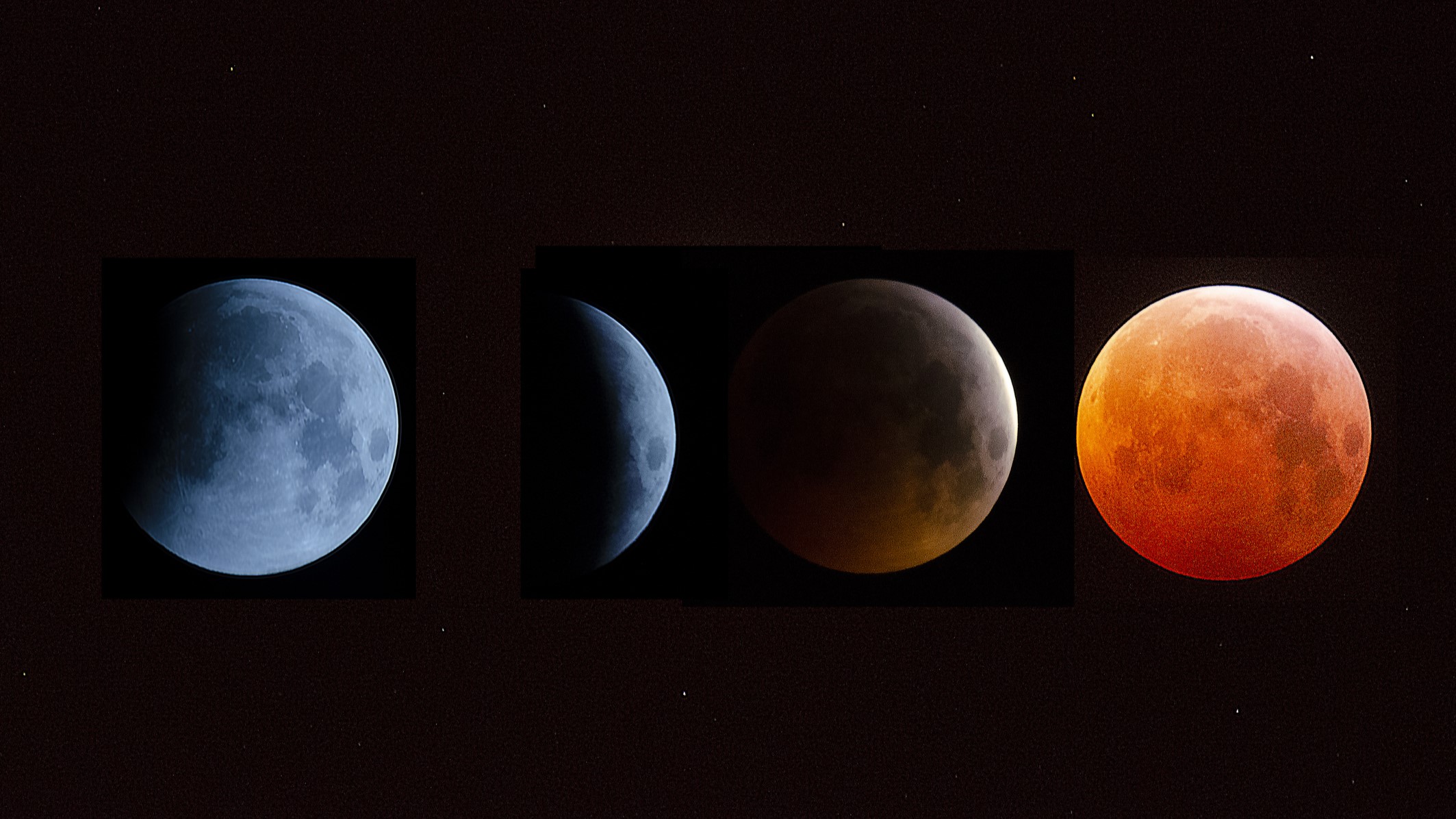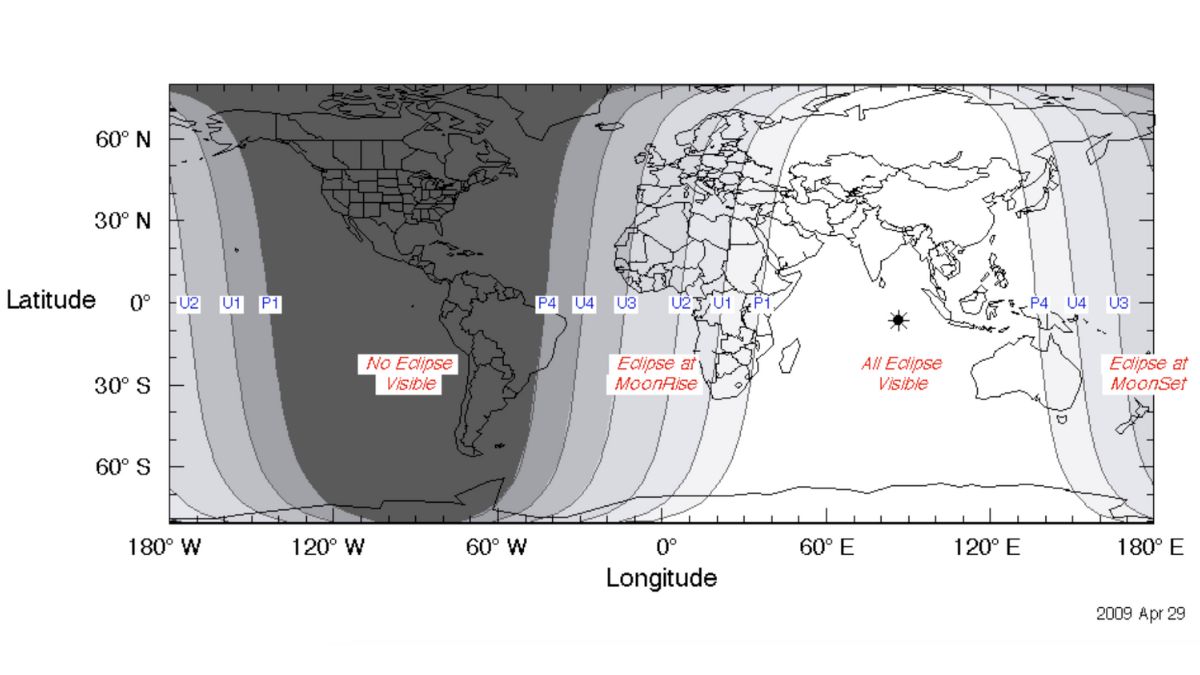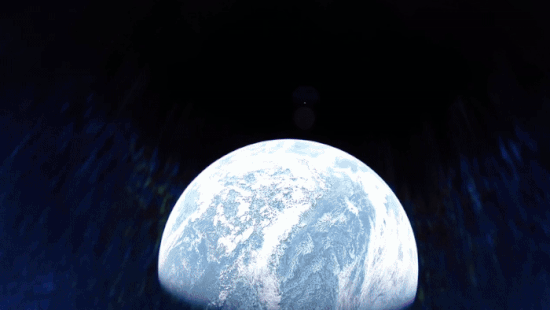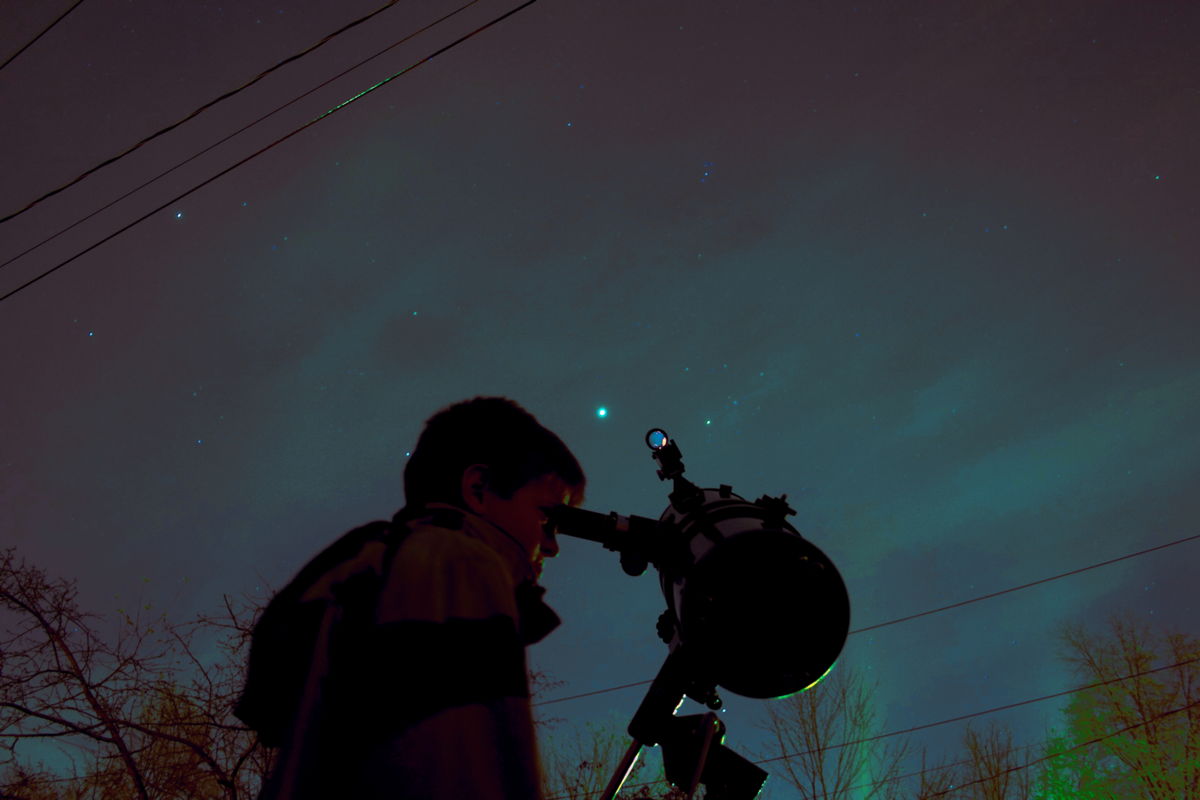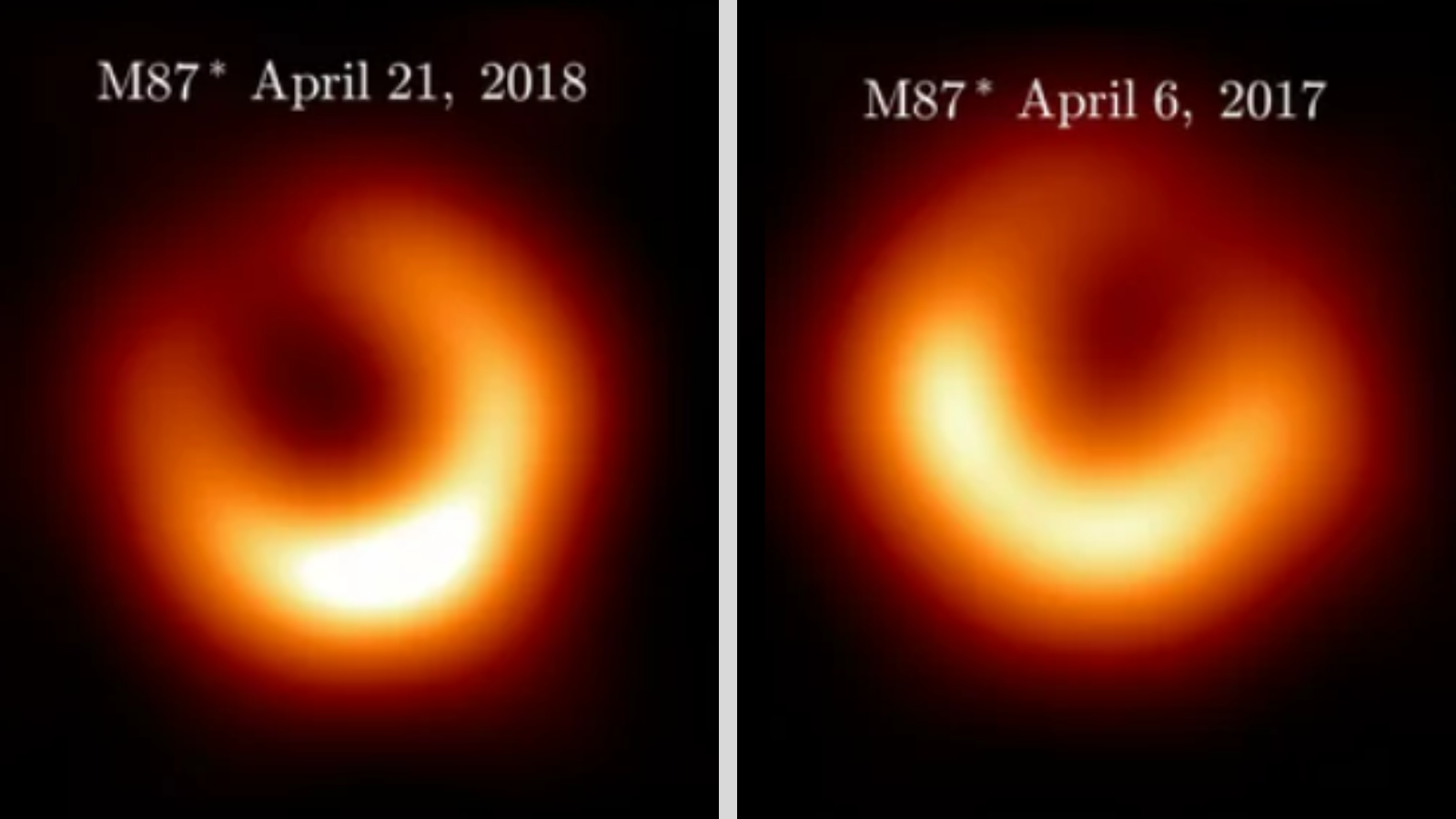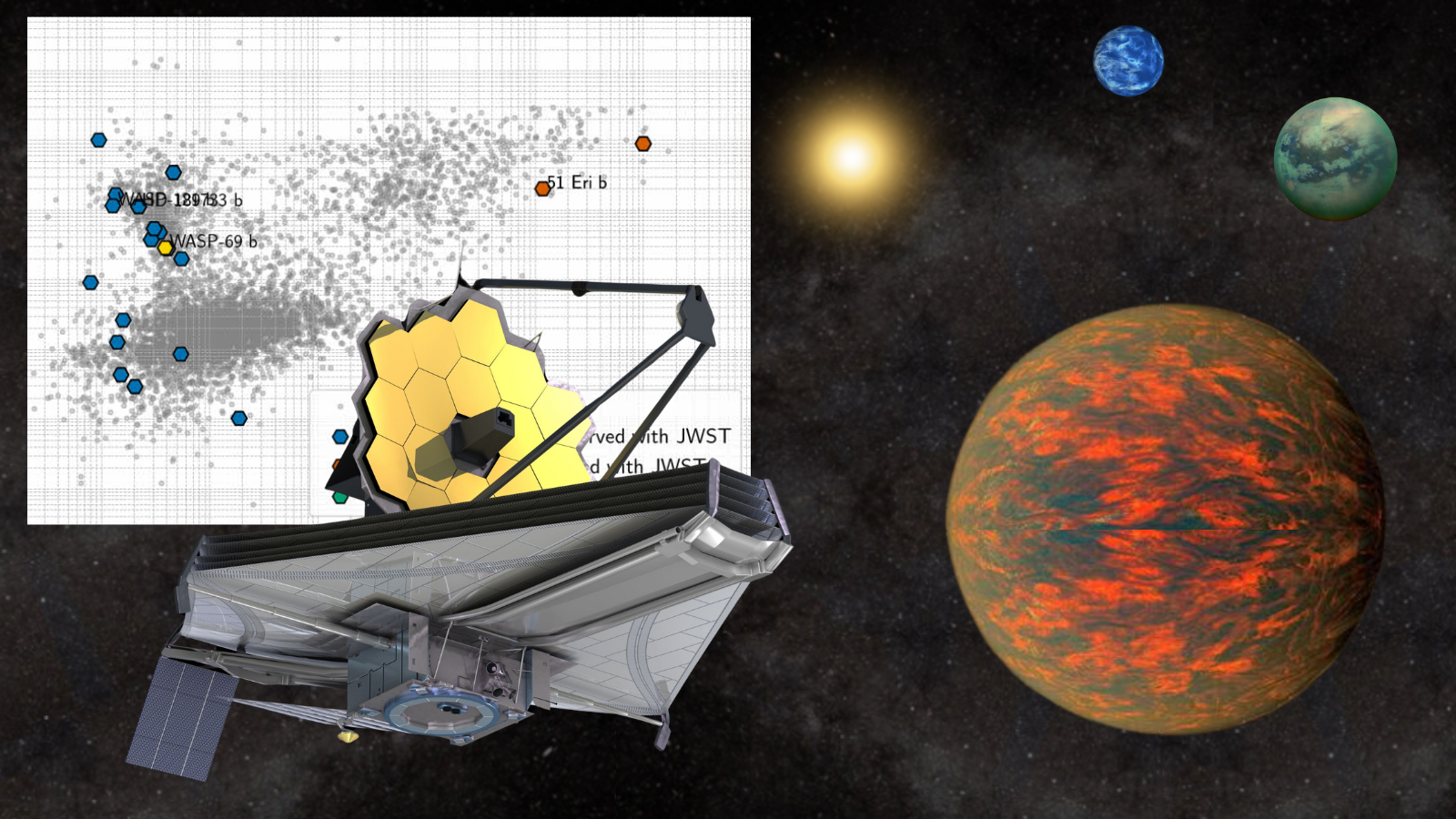On the night of Sept. 7-8, 2025, a total lunar eclipse will be visible from Earth. Asia and western Australia will be in the prime positions, offering views of the entire total lunar eclipse.
Glimpses of some phases will also be possible from Europe, Africa, eastern Australia and New Zealand. This event will not be observable from the Americas.
Lunar eclipses happen when Earth is between the sun and a full moon. During the event, the moon moves through Earth’s umbra, the dark center of its shadow.
Where is the September 2025 total lunar eclipse?
The best views of the September 2025 total lunar eclipse will be in Asia and western Australia. According to Time and Date, a whopping 77% of the world’s population — about 6.2 billion people — will be able to see all of totality. For comparison, about a billion people were in the path of totality for the total lunar eclipse on March 29, 2025.
What will happen during the total lunar eclipse?
During the September 2025 total lunar eclipse — the second total lunar eclipse of 2025 and the second of three in 2025 and 2026 — the full “Harvest Moon” will rise and, later that night, drift into Earth’s dark umbral shadow. As it does, the full moon will lose its brightness and gradually turn reddish-orange. When 100% of the lunar surface is draped in orange-red light, the all-important totality will last 82 minutes, making it a very long-duration total lunar eclipse.
This total lunar eclipse will occur 2.7 days before the moon reaches perigee — its closest point to Earth on its slightly elliptical orbit — making it slightly larger than average. It’s a relatively deep total eclipse, with 36% of the moon’s diameter inside Earth’s umbral shadow. This should make for a dark eclipse, during which the moon will turn a distinctly reddish color.
When and where is the September 2025 total lunar eclipse?
Lunar eclipses are global events that occur at the same time for everyone. This one will happen between 15:28 and 20:55 UTC on Sunday, Sept. 7, 2025, with the spectacular 82-minute-long totality — when all of the lunar surface will be reddish — happening between 17:30 and 18:52 UTC. Here are the local times for totality in some key locations on the night side of Earth during the eclipse:
- Bangkok: 12:30 to 1:52 a.m. ICT on Monday, Sept. 8, 2025
- Beijing: 1:30 to 2:52 a.m. CST on Monday, Sept. 8, 2025
- Hong Kong: 1:30 to 2:52 a.m. HKT on Monday, Sept. 8, 2025
- Perth, Australia: 1:30 to 2:52 a.m. AWST on Monday, Sept. 8, 2025
- Tokyo: 2:30 to 3:52 a.m. JST on Monday, Sept. 8, 2025
- Sydney: 3:30 to 4:52 a.m. AEST on Monday, Sept. 8, 2025
- Mumbai, India: 11:00 p.m. IST on Sunday, Sept. 7, 2025 to 12:22 a.m. IST on Monday, Sept. 8, 2025
- Tehran, Iran: 9:00 to 10:22 p.m. IRST on Sunday, Sept. 7, 2025
- Cairo: 8:30 to 9:52 p.m. EEST on Sunday, Sept. 7, 2025
- Istanbul: 8:30 to 9:52 p.m. EEST on Sunday, Sept. 7, 2025
- Nairobi, Kenya: 8:30 to 9:52 p.m. EAT on Sunday, Sept. 7, 2025
- Cape Town, South Africa: 7:30 to 8:52 p.m. SAST on Sunday, Sept. 7, 2025
These are the times for totality only. It’s worth looking at the moon 75 minutes before these times to see the edge of Earth’s shadow inch across the lunar surface during the partial phases (and vice versa after totality).
September 2025 total lunar eclipse viewing times in Europe
From Europe, the moon will rise in the east while totally eclipsed, though the farther east the location, the longer it will be visible. Here’s when moonrise and totality begin for select locations in Europe:
- Berlin: Moonrise at 7:37 p.m. CEST Sunday, Sept. 7, 2025; totality from 7:30 to 8:52 p.m. CEST
- Vienna: Moonrise at 7:20 p.m. CEST on Sunday, Sept. 7, 2025; totality from 7:30 to 8:52 p.m. CEST
- Budapest, Hungary: Moonrise at 7:08 p.m. CEST on Sunday, Sept. 7, 2025; totality from 7:30 to 8:52 p.m. CEST
- Paris: Moonrise at 8:17 p.m. CEST on Sunday, Sept. 7, 2025; totality from 7:30 to 8:52 p.m. CEST
- Madrid: Moonrise at 8:34 p.m. CEST on Sunday, Sept. 7, 2025; totality from 7:30 to 8:52 p.m. CEST
- London: Moonrise at 7:30 p.m. BST on Sunday, Sept. 7, 2025; totality from 6:30 to 7:52 p.m. BST
After September 2025, when is the next total lunar eclipse?
The next total lunar eclipse will occur on March 2-3, 2026, and will be visible from Eastern Europe, Asia, Australia, North America, South America, the Pacific Ocean, the Atlantic Ocean, the Indian Ocean, the Arctic and Antarctica
In addition, on Aug. 27-28, 2026, there will be a near-total lunar eclipse, during which Earth’s shadow will cover 93% of the lunar surface. This partial lunar eclipse will be visible from Europe, Western Asia, Africa, North America, South America, the Pacific Ocean, the Atlantic Ocean, the Indian Ocean and Antarctica.
Additional resources
Want to look further ahead? You can find a concise summary of lunar eclipses out to 2030 on NASA’s lunar eclipse website. Read more about solar and lunar eclipses on EclipseWise.com, a website dedicated to eclipse predictions. You can find climate and weather predictions by meteorologist Jay Anderson on eclipsophile.com.
Bibliography
- Jubier, X. (n.d.). Lunar eclipses: Interactive Google Maps. Retrieved Nov. 24, 2024, from http://xjubier.free.fr/en/site_pages/Lunar_Eclipses.html
- Time and Date. (n.d.). Eclipse Central. Retrieved Nov. 24, 2024, from
- https://www.timeanddate.com/eclipse/
- Cameron Smith, I. Total Lunar Eclipse of Sept. 7, 2025 AD. Retrieved Nov. 24, 2024, from https://moonblink.info/Eclipse/eclipse/2025_09_07

